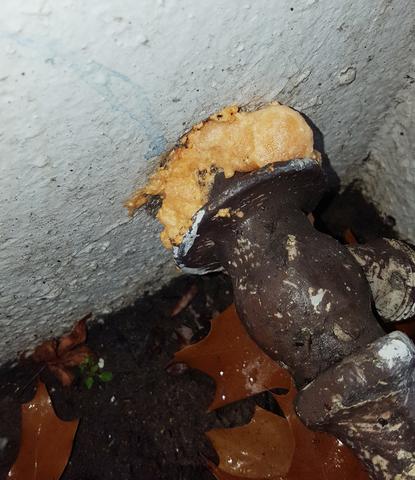Mice find multiple entries into Point Pleasant, NJ home
Challenge
Of all the various rodents that invade our homes, mice are, by far, the most common. Rodents seek access into our homes for warm shelter and for food. Mice are especially successful in gaining access to our homes because they require very small entry points. Even a gap or crack the size of a dime is enough for a tiny mouse. The common house mouse weighs less than an ounce! Mice, like all rodents, have front incisors that never stop growing and must constantly gnaw to shave them down. Mice generally gain access around the home’s foundation, first making their way into the crawl space or basement. From there, they travel through wall voids to forage for food and moisture. Mice are omnivores that eat virtually anything. And they eat often, 15 to 20 times per day. Also, once mice start to nest in your home, they have tremendous reproductive rates. A single female mouse can give birth to up to 12 babies every 3 weeks, and start giving birth when only 2 months old. Mice that nest and forage inside your home can cause damage to your walls and insulation from gnawing as well as from their droppings and urine. Mice are a major sanitation problem and a serious health hazard. Dried droppings and urge release particles into the air that can contain many dangerous pathogens. including hantavirus.
A Point Pleasant, NJ homeowner found herself with troublesome mouse infestation and contacted Cowleys after spotting one too many mice scurrying about her kitchen. Upon arrival, I performed a thorough inspection of the home’s interior and exterior perimeter. i conducted a full inspection of the basement and attic, both of which mice use as nesting areas because they are dark and private. Since mice were observed in the kitchen, I wanted to determine the extent of mouse activity there and performed a thorough kitchen inspection, looking behind the stove and fridge for tell-tale droppings and other mouse signs.
Solution
To resolve the infestation, I followed company protocols, setting up bait stations in strategic areas both inside and outside fo the home where there was evidence of mouse activity. It is also critical to locate and seal of the mouse entry points. Otherwise, new mice will find their way in at some point and the homeowner’s headaches will start all over. After the first-time servicing, I’ll be returning for a two-week follow up to re-inspect, replace bait int he stations as needed, and make sure that the infestation is resolved. After this treatment, this homeowner will have far fewer encounters with mice. I’d be surprised if, after a few days, there is still rodent activity in the home.





